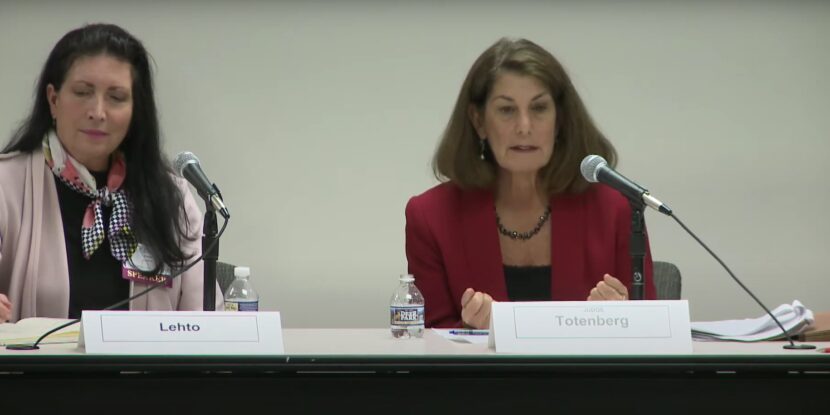
PULSE POINTS:
❓What Happened: U.S. District Judge Amy Totenberg ruled to dismiss a case challenging Georgia’s electronic voting system, citing a lack of standing, despite recognizing substantial concerns about the system’s security and administration.
👥 Who’s Involved: The ruling affects plaintiffs including the Coalition for Good Governance and various Georgia voters. The case, Curling v. Raffensperger, has been ongoing since 2017.
Your free, daily feed from The National Pulse.
📍 Where & When: The decision was issued in the Northern District of Georgia on a late Monday.
💬 Key Quote: “Plaintiffs lack standing to pursue their claims because neither of these asserted injuries constitute an invasion of a legally protected interest under governing precedent,” Judge Totenberg wrote.
⚠️ Impact: The dismissal leaves Georgia’s use of the Ballot Marking Device system in place despite security concerns, while plaintiffs consider exploring an appeal.
IN FULL:
In Georgia, U.S. District Judge Amy Totenberg has dismissed a long-standing case aiming to move the state’s election system to hand-marked paper ballots. The case, Curling v. Raffensperger, initiated in 2017, sought to replace the electronic voting system currently in use, citing risks regarding the security and accuracy of the Ballot Marking Device (BMD) system. The Barack Obama-appointed judge’s decision, issued late on April 1, found the plaintiffs lacked legal standing—despite acknowledging significant concerns about the electronic voting system’s administration and security.
“Plaintiffs lack standing to pursue their claims because neither of these asserted injuries constitute an invasion of a legally protected interest under governing precedent,” Judge Totenberg said.
The plaintiffs in this case included the Coalition for Good Governance and several Georgia voters. They have argued that the existing system, which relies on a QR code to tally votes, does not allow voters to verify that the system recorded their intentions accurately.
The QR code used on ballots is not readable to voters, prompting concerns over the integrity of the vote tabulation. Judge Totenberg, referencing the plaintiffs’ injuries as not legally actionable, stated that these concerns do not invade a legally protected interest.
A major point of contention for the plaintiffs was the system’s vulnerability to potential manipulation. Dr. J. Alex Halderman, a computer science expert, provided testimony during the trial demonstrating how the system could be exploited, including altering QR codes to change voter selections and accessing the system via simple physical manipulation.
Despite these concerns, the ruling affirms the use of Georgia’s electronic voting system for the time being, leaving the future of the voting system’s security unresolved.
The ruling comes just days after the Trump administration and Attorney General Pam Bondi dropped a lawsuit against electoral reform in Georgia, initiated by the former Biden government. That lawsuit had demanded that Georgia scrap its voting laws passed after the 2020 elections. This included measures such as stricter voter ID requirements for mail-in ballots and more.
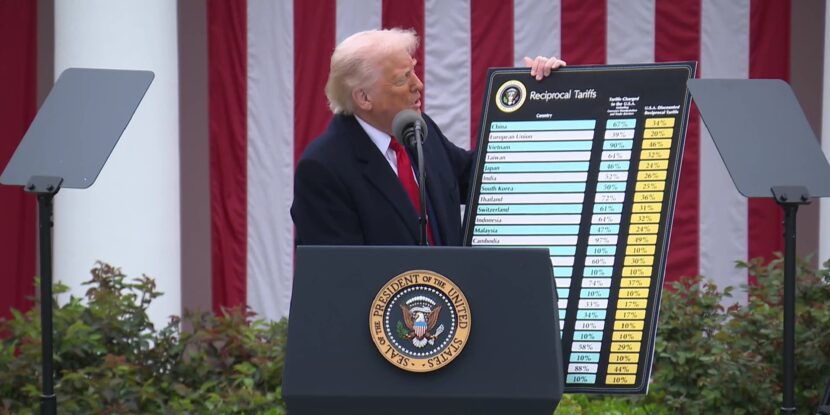
President Donald J. Trump has announced a series of new tariff rates at his administration’s “Liberation Day” event at the White House Rose Garden, including the imposition of a 10 percent across-the-board tariff on all foreign imports. In addition to the 10 percent blanket tariff, Trump is set to impose a series of targeted trade levies on imports from 60 nations—with the tariff rate often being set at half that which the targeted country places on American exports as an act of generosity.
“My fellow Americans, this is Liberation Day. April 2nd, 2025 will forever be remembered as the day American industry was reborn, the day America’s destiny was reclaimed, and the day that we began to Make America Wealthy Again,” Trump said. “For decades, our country has been looted, pillaged, raped, and plundered by nations near and far, both friend and foe alike. American steelworkers, autoworkers, farmers, and skilled craftsmen—we have a lot of them here today—they really suffered gravely; they watched in anguish as foreign leaders have stolen our jobs; foreign cheaters have ransacked our factories, and foreign scavengers have torn apart our once beautiful American dream.”
Your free, daily feed from The National Pulse.
The America First leader went on to note: “We’re also standing up for our great farmers and ranchers who are brutalized by nations all over the world. Canada imposes a 250-300 percent tariff on many of our dairy products.”
Among the countries and regions facing additional tariffs above the 10 percent blanket rate are China, Vietnam, Taiwan, Japan, India, the European Union, South Africa, and South Korea. Notably, Chinese imports will be hit with a tariff rate of 34 percent and Indian goods will be tariffed at 26 percent.
Notably, Brexit has spared the United Kingdom, which faces only the base rate of 10 percent, from the 20 percent tariff imposed on the European Union.
— Donald J. Trump (@realDonaldTrump) April 2, 2025
Jack Montgomery contributed to this report.
show less
President Donald J. Trump has announced a series of new tariff rates at his administration's "Liberation Day" event at the White House Rose Garden, including the imposition of a 10 percent across-the-board tariff on all foreign imports. In addition to the 10 percent blanket tariff, Trump is set to impose a series of targeted trade levies on imports from 60 nations—with the tariff rate often being set at half that which the targeted country places on American exports as an act of generosity. show more
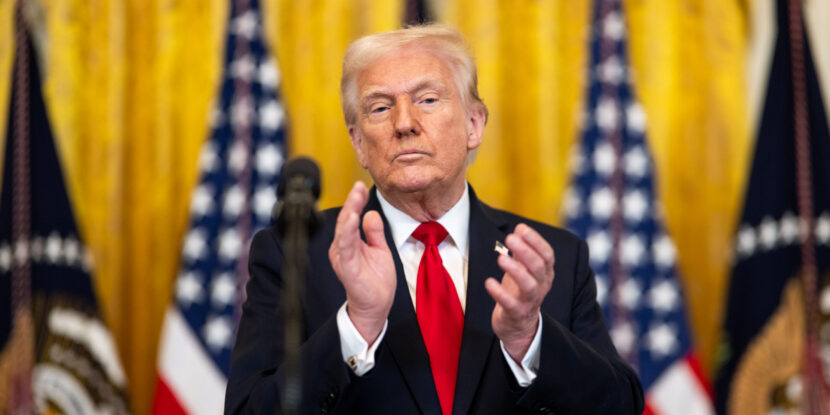
PULSE POINTS:
❓What Happened: President Donald J. Trump has announced new tariffs aimed at promoting fair trade and supporting American workers and businesses. Research shows tariffs boosted the economy in his first term.
👥 Who’s Involved: President Donald Trump, U.S. International Trade Commission, Economic Policy Institute, U.S. steel producers, American consumers.
Your free, daily feed from The National Pulse.
📍 Where & When: United States, pledge made on the 2024 campaign trail and following President Trump’s inauguration.
💬 Key Quote: “Following implementation of Sec. 232 measures in 2018—and prior to the global downturn in 2020—U.S. steel output, employment, capital investment, and financial performance all improved,” the Economic Policy Institute reports.
⚠️ Impact: The tariffs resulted in reduced imports, increased domestic production, job creation, and investments in new or upgraded steel facilities.
IN FULL:
For the first time in several decades, the U.S. is poised to redefine its trade dynamics as President Donald J. Trump introduces tariffs aimed at equalizing trade conditions for American industries and American workers. This strategic move, reminiscent of actions taken during his first administration, aims to bolster economic growth.
Research conducted on the impact of tariffs from President Trump’s first term suggests that these measures fortified the U.S. economy. A 2024 study highlighted that tariffs resulted in significant reshoring in sectors such as manufacturing and steelmaking, while a 2023 U.S. International Trade Commission report revealed that tariffs curtailed imports from China and promoted local production.
The report indicated minor downstream price effects, aligning with findings by the Economic Policy Institute, which emphasized that the tariffs did not exacerbate inflation and had a negligible impact on prices overall.
“Following implementation of Sec. 232 measures in 2018—and prior to the global downturn in 2020—U.S. steel output, employment, capital investment, and financial performance all improved,” the Economic Policy Institute stated. This period saw U.S. steel producers commit over $15.7 billion to new or upgraded facilities, generating approximately 3,200 jobs.
A further analysis conducted by the Atlantic Council points to a potential increase in domestic product purchases prompted by tariffs. The Treasury Secretary under the Biden regime, Janet Yellen, supported this stance, stating that consumer prices would not significantly rise as a result of tariffs.
A separate 2024 economic analysis projected that a global 10 percent tariff could stimulate $728 billion in economic growth, create 2.8 million jobs, and lift real household incomes by 5.7 percent.
During President Trump’s first term, tariffs bolstered the iron ore industry in Minnesota, supported thousands of new jobs, led to investments exceeding $10 billion, and decreased steel and aluminum imports by nearly one-third from 2016 to 2020.
show less

 2 months ago
3
2 months ago
3
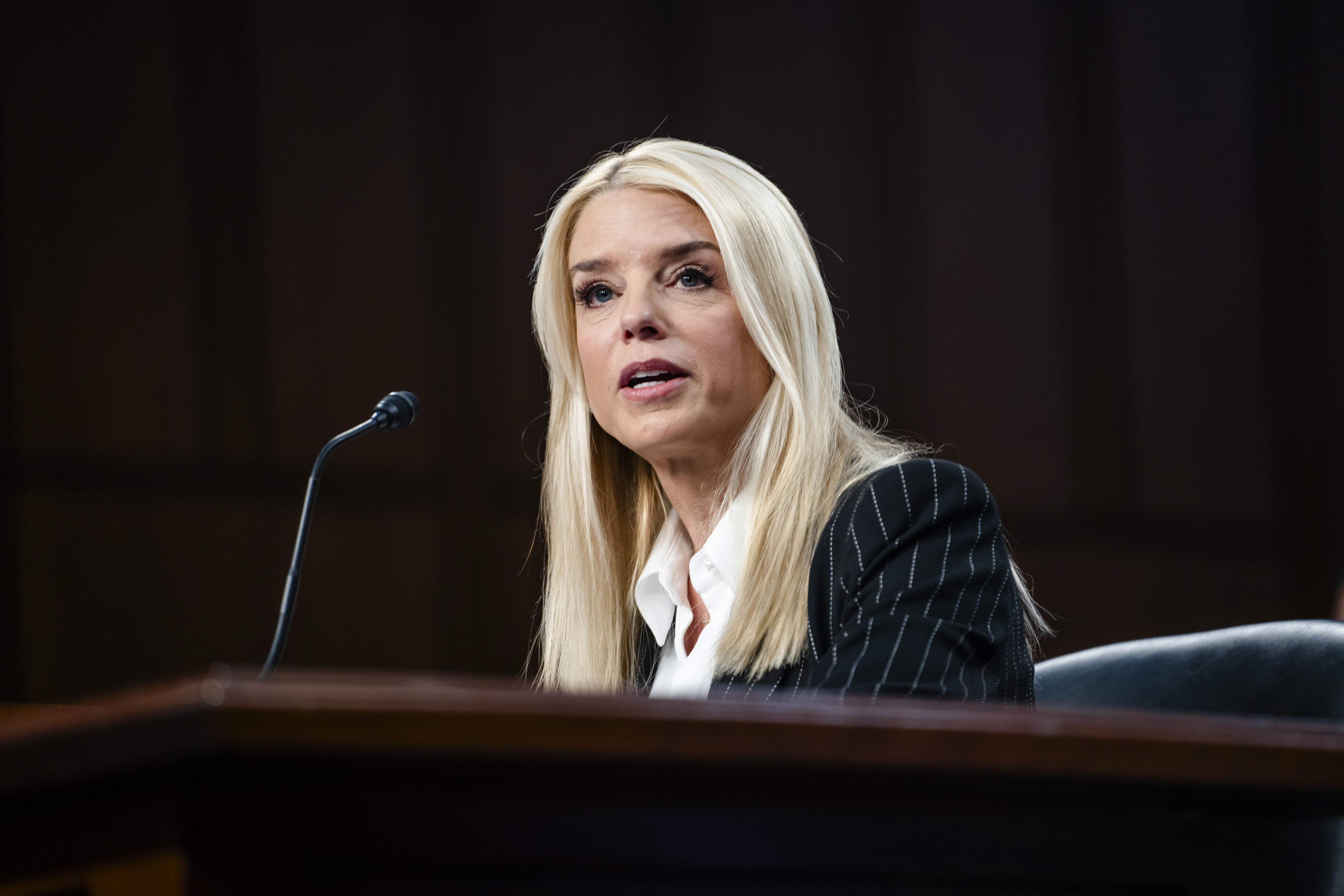
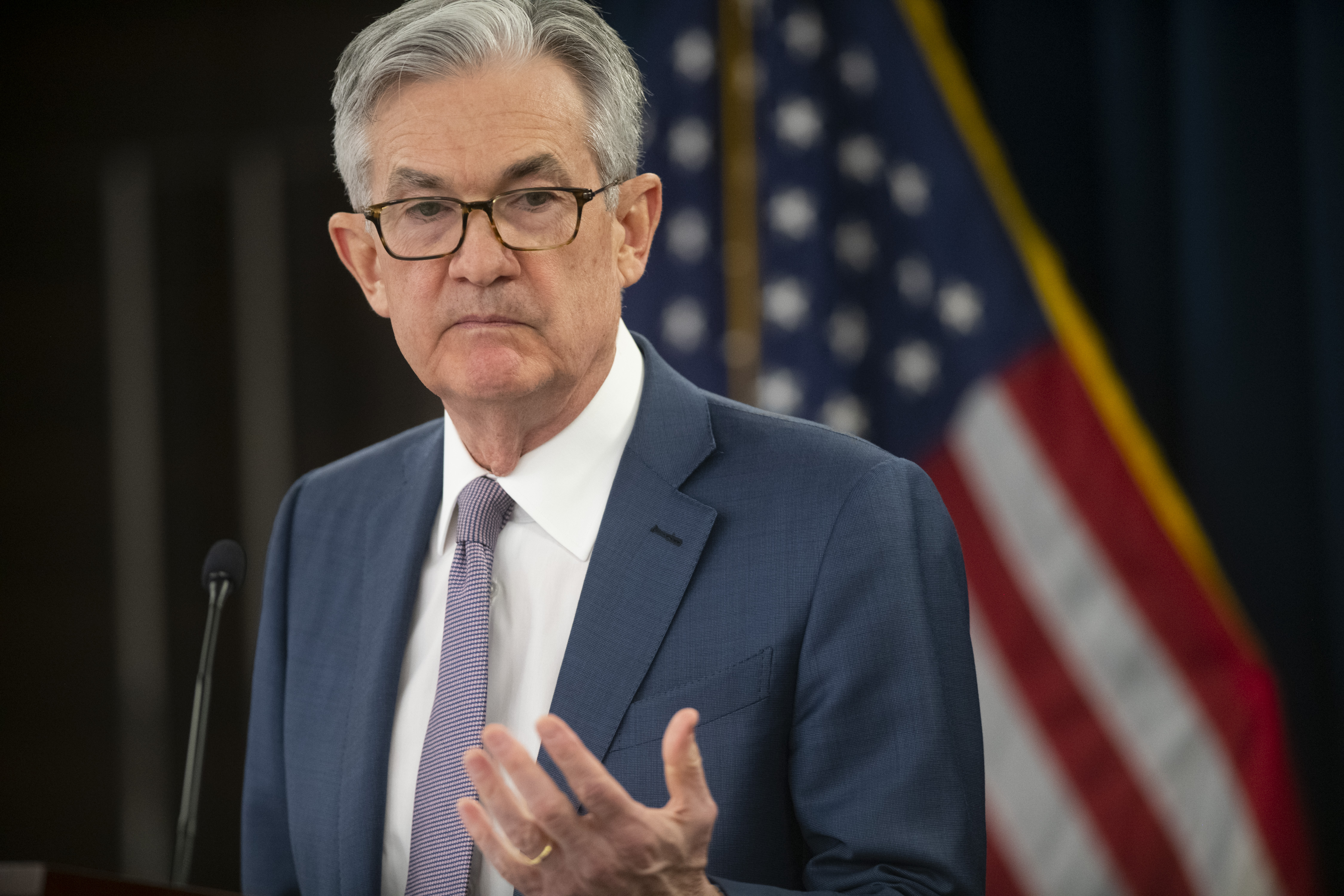
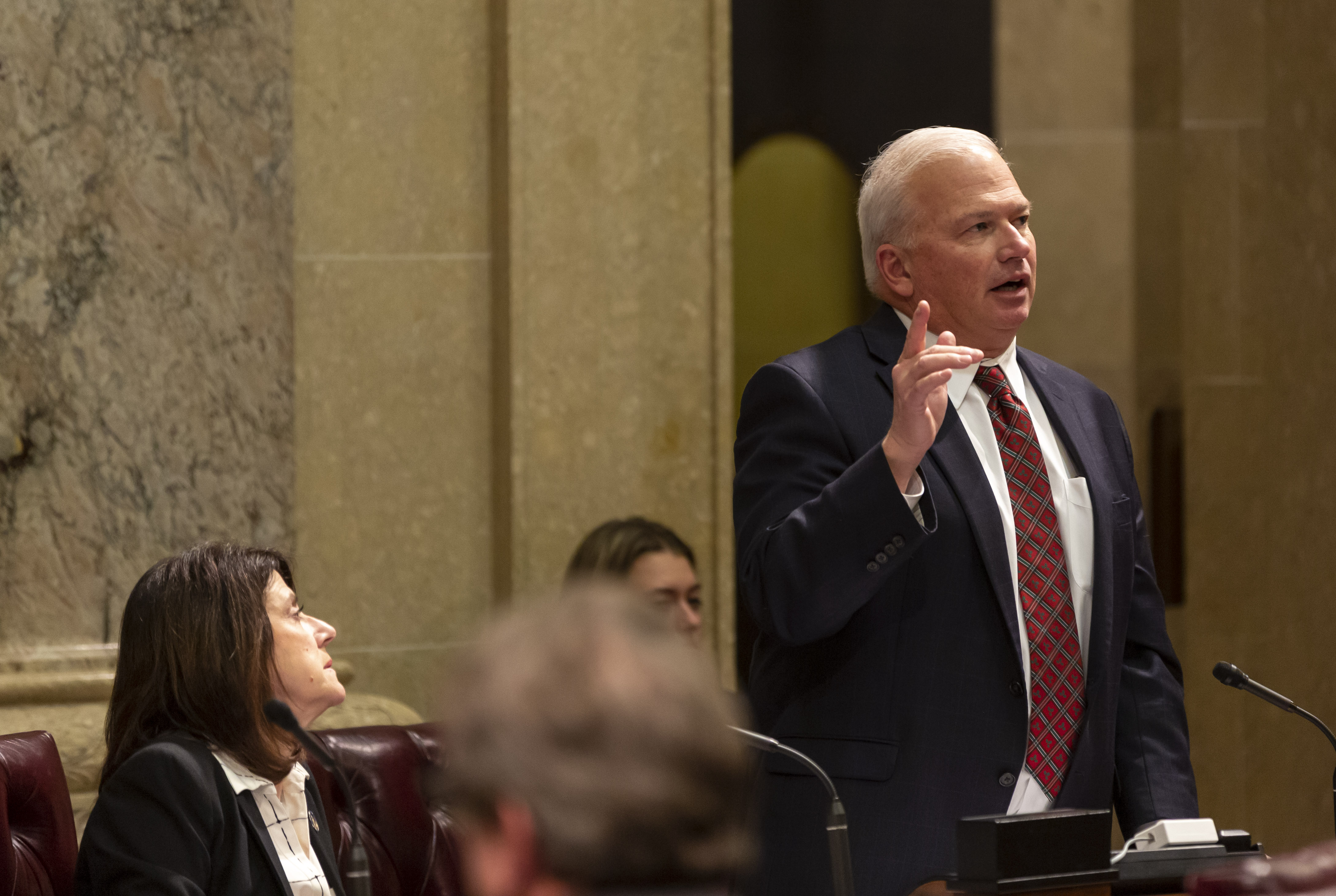





 English (US) ·
English (US) ·